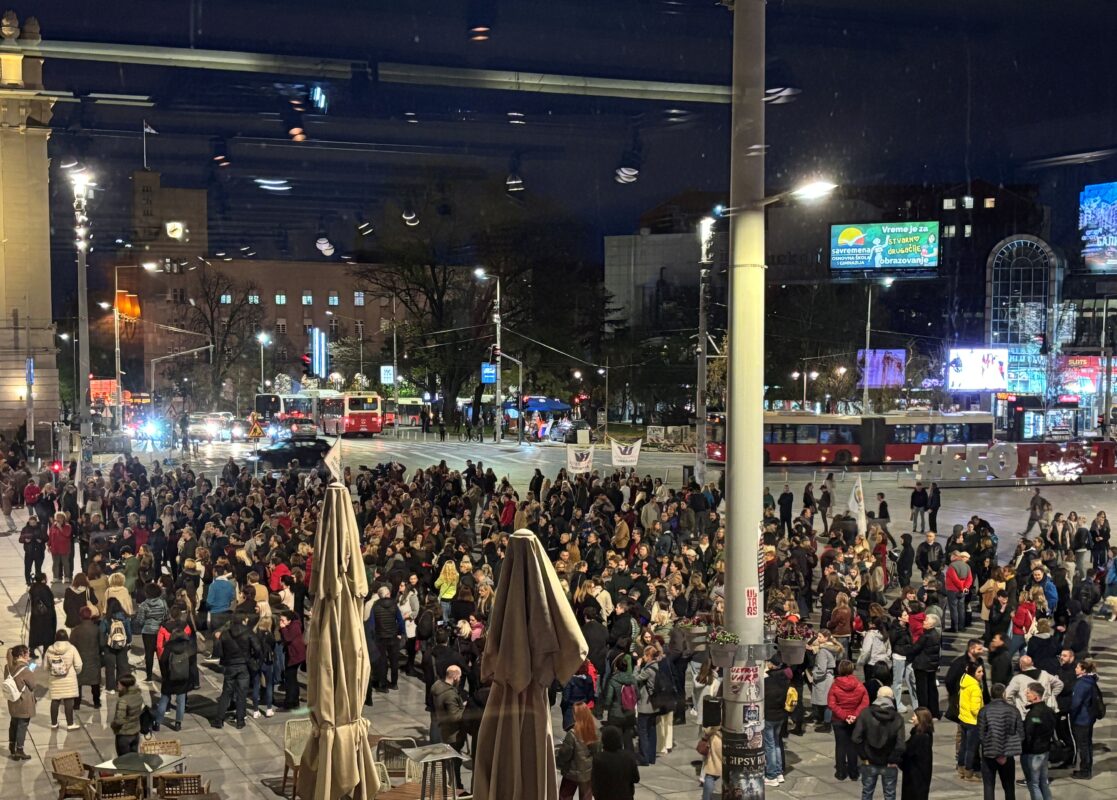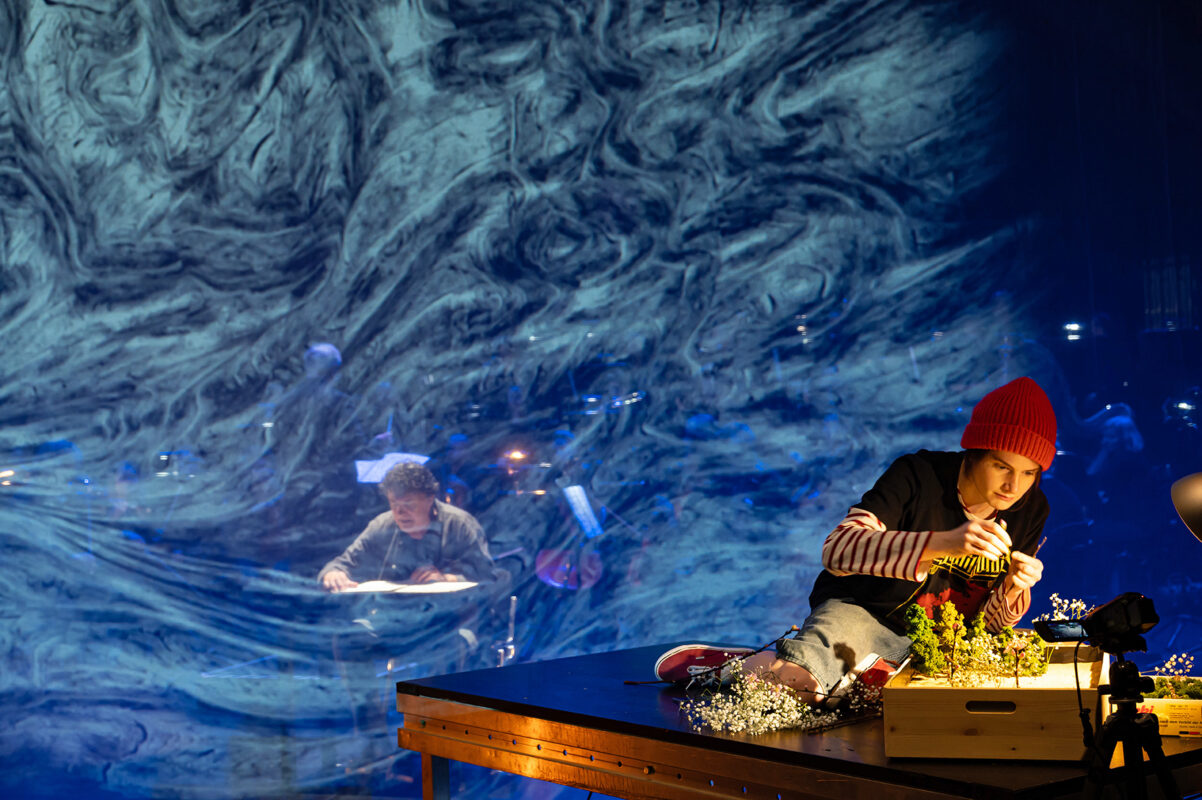Inspiration Beethoven
Avant-garde composer Esther Roth wins the Beethoven 2020 composition competition organized by the Société Philharmonique de Bienne with her first string quartet. Report from the premiere.

A string quartet? You? One trusts such a "conservative" genre to the unconventional composer Esther Roth (*1953) is not at all true. But the conceptual artist, who also plays piano and double bass, has actually written a string quartet, and it is simply called that: String quartet.
The second surprise: Esther Roth wins the "Beethoven 2020" composition competition organized by the Société Philharmonique de Biennewhich could only be performed thanks to a generous donation from patron Gerhard Thomke. The award ceremony and the first performance by the Quatuor Sine Nomine were made possible by Pro Helvetia. The event took place - postponed due to coronavirus - on Whit Sunday, May 23, in the Logensaal Biel. There was great interest and both performances that evening were sold out.
The music of Esther Roth is not necessarily associated with Beethoven. "Why not?" she replies. She has been playing Beethoven's piano sonatas by heart every day for many years. "I'm always fascinated anew when I analyze them to see what formal and harmonic solutions Beethoven comes up with. This has always inspired me in my work."
The jury for the Biel/Bienne Beethoven Prize was high-caliber. It was chaired by the renowned Swiss composer Michael Jarrell and also included Beat Furrer and Giorgio Battistelli. Although Jarrell did not give a laudatory speech at the award ceremony, even though one would have liked to have had a somewhat more detailed explanation for this choice, he did explain: "22 composers applied for this prize, they were between 20 and 80 years old. We examined the scores anonymously. But never before have I experienced such an easy judging process: No. 28 - the three of us agreed - outshone all the other scores."
"Something of the most beautiful"
No. 28 was the string quartet by Esther Roth. It showed great sensitivity and differentiation, continued Jarrell. And it was one of the most beautiful pieces he had ever judged. "The balance created between the compositional idea, the reference to Beethoven, the chosen form and its development are expressed in delicate and restrained poetry."
Stylistically, Roth - as so often - is once again concerned with reflecting a gesture. The quartet movement is very homogeneous and complex, combining three different tonal heights. In each of the three movements, the four performers play with "a" common gesture, i.e. the same type of movement. Their voices are closely interwoven, and yet the overall gesture develops through a subtle shift of accent in each voice.
This approach, familiar from minimal music, develops into a strikingly powerful sound in Roth's first movement, whereas the third movement unfolds as a calm, unaccentuated, floating piano landscape. Roth notated the eleven-minute quartet by hand, and the constant shifts in accent from 4 to 5 to 6 to 4 to 7 demand the utmost attention from the performers.
From performance to poetry
Esther Roth originally comes from the field of performance/action. In the 1980s, she caused a sensation with the sound machines she built with her husband Walter Aeschlimann in Ticino. Their sound sculpture "Gwindonia" won first prize at the International Sound Machine Competition in Dornbirn in 1984. Roth was also very involved in multimedia spectacles that took place in unusual locations.
In the 1990s, the composer lived in Madrid for two years, where she met artists from the Zaj group for experimental music and art performance. This group was formed around avant-garde artists such as Walter Marchetti and Esther Ferrer and was also supported by John Cage. A Fluxus movement that strongly influenced the Swiss composer.
Today, poetry is a central concern for Esther Roth. "Poetry is everywhere" was the motto of the Rencontres internationales de poésie de la Goutte d'Or in Paris, in which she also took part in 2019. The participants came from all over, and they were all looking for "poésie contemporaine, sonore, éxperimentale". Vincent Barras, Christian Uetz and Pierre Thoma were among the other Swiss participants. This exchange with like-minded people continues to be very inspiring for Roth.
Her starting point, however, is gesture. This kind of "physicality" characterizes Esther Roth's music; it has something archaically tangible and highly poetic at the same time. The gestural, which is reflected in sound, lends her poetry an internalized power and sensuality. This is what her award-winning String quartet exemplary - and is of beguiling beauty.
-

Michael Jarrell presents the prize to Esther Roth. Photo: Thomas Knuchel








